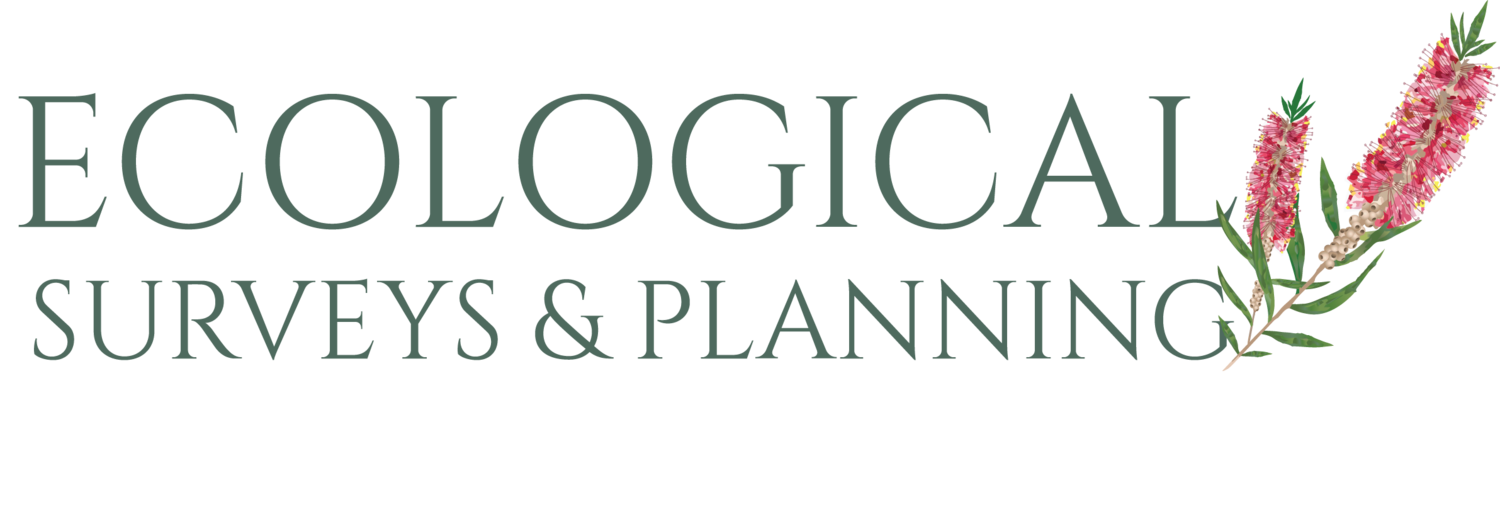BANNER IMAGE: White-headed Pigeon in White Cedar, Tuross Heads, NSW
Research
Ecological Surveys & Planning undertakes research for government, corporate, NGO and private clients in relation to rare and threatened plant species, populations, and ecological communities. Work of this nature includes:
Review of official database records to correct spatial and other errors. This helps all database users to know which species have really been recorded where. This can have a bearing on land use assessments and negotiations with consent authorities. NSW Department of Planning and Environment funded ESP to review and correct datasets for numerous threatened plant species in the Sydney region in 2018, but very many more species’ datasets require reviews to correct a range of errors and to resolve, where possible, uncertainties. Now that these records can dictate whether particular properties and landscapes are identified on the statutory Biodiversity Values Map, it is even more important that the records are as accurate as they can be;
Assessing the conservation status of plant species and ecological communities. This entails reviewing data about the target species or communities to determine what their legal status should be, if any. In many instances, the target entity requires a nomination to the NSW and/or Commonwealth Threatened Species Scientific Committee to seek its addition to the relevant legislation or a change of status under those laws;
In one instance, a mining proponent funded research into a threatened and highly localised tree species to establish its known and likely extent and habitat requirements. The information generated also improved collective knowledge about this species, and included correcting spatial errors in databases, and lodging new records;
Providing advice to a range of clients in relation to threatened flora and communities for the purposes of strategic planning and assessment;
Monitoring of threatened flora species for NSW OEH (Saving Our Species program) and for Forestry Corporation of NSW. This includes photo monitoring points and quadrat plots, as well as supervising and monitoring the application of fire to promote regeneration, and of changed management practices (reduce extent, height and frequency of slashing of an Asset Protection Zone; closure of section of forestry trail; removal of plantation pines).
IMAGE: Coffs Harbour Botanic Gardens



